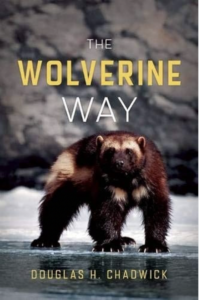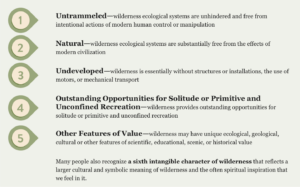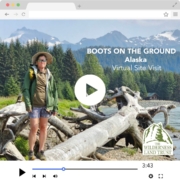Mendocino National Forest grows by 917 acres
December 12, 2023-
The Wilderness Land Trust recently transferred 917 acres adjacent to California’s Sanhedrin Wilderness to public ownership.
In northern California’s Mendocino County, tucked between the Wild and Scenic Eel River and peaks of the Sanhedrin Wilderness, 917 acres of formerly private land have been transferred to public ownership. The property, known as the Thomas Creek project, provides a link between lower-elevation habitats and the mature fir forests that blanket the high country, as well as a critical wildlife corridor between the Sanhedrin Wilderness to the north and other National Forest lands to the south.
Its rolling hills are spotted with protected oak savannah and groves of madrone trees, home to a thriving community of rare plants, spotted owls, martens, bears, mountain lions, and deer. Among the rare plant species is the Anthony Peak lupine which only grows in Mendocino National Forest. The property also contains one of the last private sections of Thomas Creek, an important tributary to the Eel River, and critical spawning grounds for its steelhead and coho salmon fisheries.
The Thomas Creek project scored as a high conservation priority for the Trust and National Forest for its climate change resilience value and high threat of development with the potential to be subdivided into six building sites.
“The Thomas Creek project meets the mark for all the benefits of designating public lands – it’s going to protect critical habitat and treasured species, support biodiversity, and get us closer to our conservation and climate goals. I’m incredibly grateful to the Wilderness Land Trust and the Mendocino National Forest for stepping up as stewards of this land.” – Congressman Jared Huffman
Due to its importance in regional conservation efforts, the project has also gained support from the Backcountry Hunters and Anglers California Chapter, CalWild, Friends of the Eel River, Redwood Chapter of the Sierra Club, and Willits Environmental Center.
The Wilderness Land Trust purchased the property in October 2022. The Trust had previously purchased another property from the private owner in 2011. With this established relationship, the landowner trusted the Wilderness Land Trust and Mendocino National Forest would ensure its protection for future generations. For the last year, the Trust has been working with Forest Service leadership at Mendocino National Forest, the regional office, and Washington D.C. to complete the transfer of this important landscape to public hands. The transfer to public ownership was made possible by Land and Water Conservation (LWCF) funds with support from Rep. Huffman and the late Sen. Feinstein.







 October Wilderness Book Club Pick:
October Wilderness Book Club Pick:












